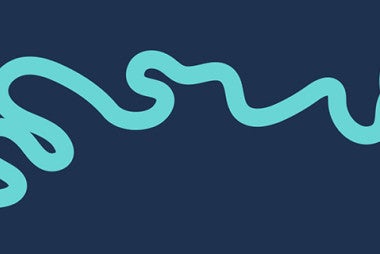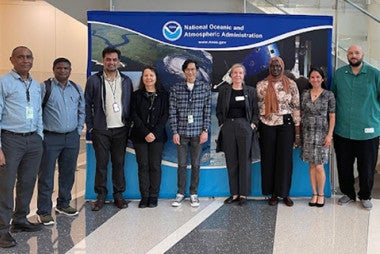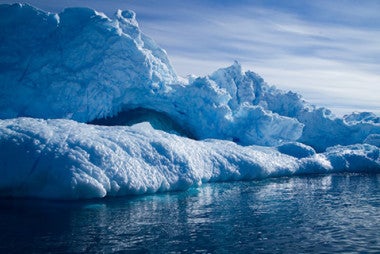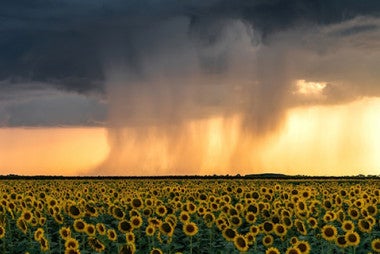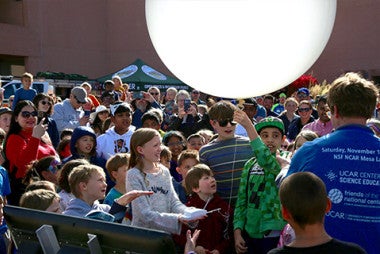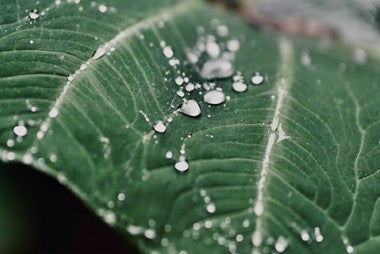Colette Heald | Profile of a Scientist
Colette Heald, originally from Ottawa, Canada, graduated in 2005 from the Ph.D. program in Earth and Planetary Sciences at Harvard University, focussing on Atmospheric Chemistry. Since 2006 she has been a NOAA Climate and Global Change postdoctoral fellow at the University of California, Berkeley.
At the International Young Scientists' Global Change Conference that took place 5-8 November 2006 in Beijing, China, she received the honourable Professor Crutzen Prize for best paper. Some 100 participants from 35 countries, selected from over 700 applications by an international review panel attended the conference.
The conference was endorsed by the Earth System Science Partnership (ESSP) and was co-organised by the global change SysTem for Analysis, Research and Training (START) initiative. Since the conference was followed by the ESSP Open Science Conference in Beijing, which was attended by nearly 1000 Earth Science researchers from around the world, Colette received a lot of attention and could profit from new rewarding contacts.
"Trying to keep up with an older sister (now an aerospace engineer) initially fuelled my interest in science and I was fortunate to be in an educational environment that really encouraged women to pursue science," Colette says. She earned her undergraduate degree in engineering physics at Queen's University in Kingston, Ontario, and then moved to Cambridge, Massachusetts, to pursue her PhD. According to her supervisor, Professor Daniel Jacob, her work "pioneered the use of satellite observations of atmospheric composition to quantify the sources and intercontinental transport of pollutants."
Reprinted from the Global Change Newsletter No. 67, Dec. 2006, with permission from IGBP.
One major component of Colette's thesis was to combine satellite observations, in situ observations, and a global 3-D model analysis to better understand the trans-Pacific transport of carbon monoxide (CO), ozone, and aerosols. The goal of this study was to test model estimates of Asian pollution enhancements of aerosol concentrations in the United States.
Colette wrote a paper with results suggesting that we might currently be missing a large organic carbon aerosols source in the free troposphere, and showing that the implications for radiative forcing and intercontinental pollution were potentially large, maybe 10 to 100 times higher than previously estimated in models. This paper has received a lot of attention.
Colette held a seminar at Colorado State University on May 22, 2006, where a key statement in her abstract was that: "Recent observations aboard aircraft off of Asia show a large burden of organic carbon aerosol in the free troposphere. The inability of current models to explain this aerosol suggests an incomplete understanding of secondary organic aerosol (SOA) formation, with significant implications for both air quality and climate forcing."
A recently published article provides an in-depth report on her research on aerosols (Heald C.L. et al. (2006) Concentrations and sources of organic carbon aerosol in the free troposphere over North America, Journal of Geophysical Research 111, D23S47). After two years of postdoctoral research in Berkeley, Colette will start as a tenure-track professor at Colorado State University in January 2008. Her enthusiasm for global change science drives her, and even if in her free time she loves to watch black-and-white Hitchcock movies, science and environmental issues provide the real excitement for her.
"Atmospheric science for me is the ideal combination of challenging problem-solving, with a society-relevant motivation. It's so exciting to feel that as a young scientist in this field there are discoveries to be made which could change our understanding and attitudes towards the environment," says Colette, who recently started to learn basic Russian in anticipation of a trip later this year. The western world is not enough!
(Sincere acknowledgements to Professor Daniel Jacob for help with information).
